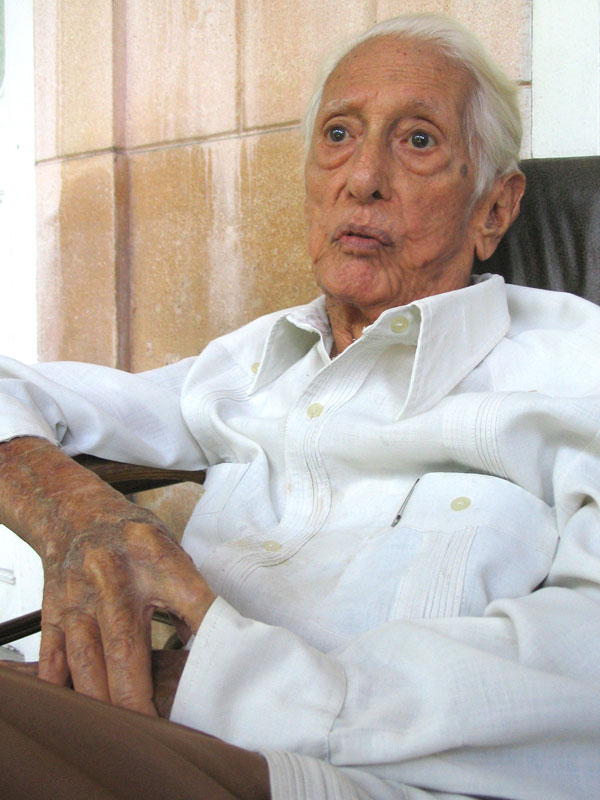4.1.2.9.11 The notebook “Getting into the Matter”, 1967, by Cintio Vitier (1921 – 2009)

Although the collection of poems “Entrando en materia” (Getting into the Matter) is certainly the result of a shift in Cintio Vitier’s poetic perception, it contains a dense thread of continuity with respect to the traces he had already left in his poetry, especially with regard to that affirmative poetics that demands communication and once again takes on a conversational tone.
Exegetes of Vitier’s work have pointed out the emergence in this work of new themes, although not entirely new but as a construction of broader semantic zones, one of them being the purely political, which is appreciated in “Ivory Tower” and in other poems that make up the collection, in which a tendency is reflected towards the discursive over the imaginative that, although it would have its benefits, would sometimes hinder the lyrical fluidity of its texts.
A fundamental theme for Vitier’s poetics and imperative for his psychological survival was the relationship between religion and revolution, which would find adequate support in the ethical realm. Associated with this point was his concept of justice and the way it would lead to verses that do not attempt to supplant the beauty of what happens, what has been termed the poetics of the factual.
In the poetry contained in “Entering Matter,” there is a broadening of its poetic cosmos, based on its links with the immediate earthly and at the same time the celestial; the latter determines, in a certain way, a wayfarer’s course, seeking his eternity in a spirituality that is, in a certain way, a definitive communion with the ultimate substance of poetry.
In this collection of poems, Vitier recovers the emotion of being connected to a collective project, the sense of commitment not imposed by society but a faithful expression of internal growth. Bearing witness to this emotion and to his daily work become the main focus of his discourse, overcoming any remnant of aestheticism. What he considered his mission at that time, he would define with these words:
“We are going to make a world of truth, with the truth divided like a terrible loaf of bread for everyone. / This is what I feel the Revolution demands of me every day, relentlessly.”








